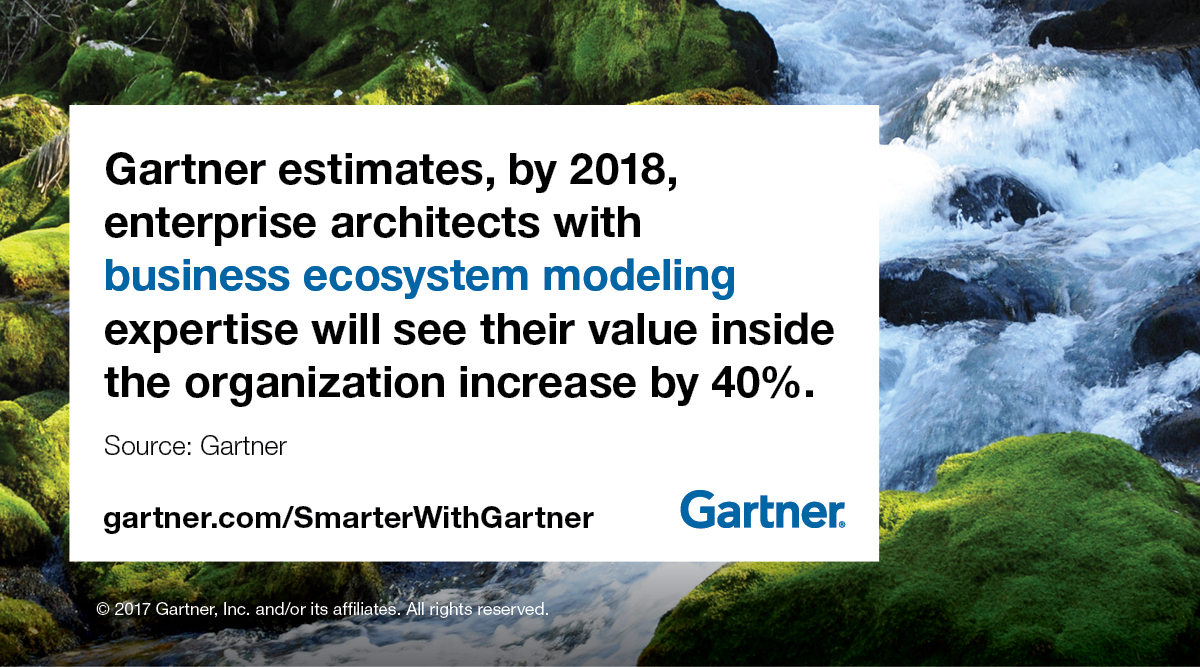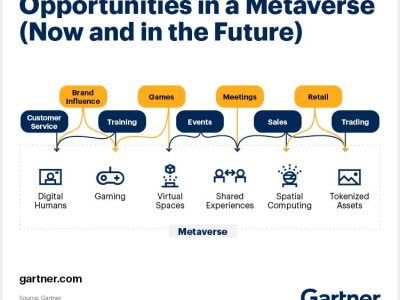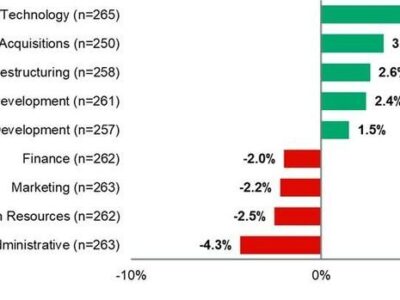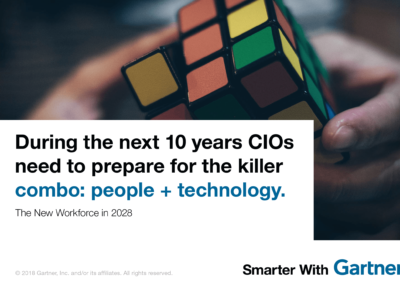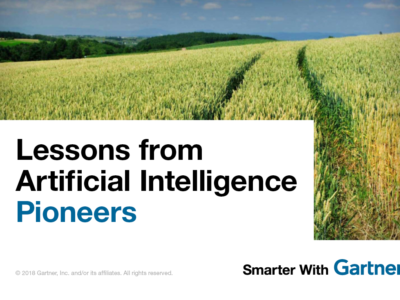EA and technology innovation leaders should focus on customer-centric, design-driven architecture to support digital business.
An EA team at a hospital was asked to help the cardiology department manage patients in real time. The team started by shadowing the cardiology consultants — the customers — to learn what they did on a daily basis and to see how they interacted with doctors, nurses and other hospital staff. Based on their observations, they designed an iPad solution and piloted the program with 10 consultants. After revising the solution based on the consultants’ feedback, they introduced it to additional consultants, and then to other members of the hospital’s ecosystem, including medical departments, researchers and patients.
Digital business is spurring the evolution of enterprise architecture (EA) and inspiring EA and technology innovation leaders to focus on the customer, ecosystems and architectural design. These leaders are taking a holistic view of their organizations’ ecosystems and designing customer-centric innovative services, products and business models.
According to Gartner, by 2018, 40% of enterprise architects will focus on design-driven architecture. “Design thinking is about putting the customer at the center, designing a solution for them and then linking the solution to traditional architect pieces,” said Marcus Blosch, vice president of research at Gartner.
Focusing on the customer gives EA and technology innovation leaders the information required to design digital business models that support what customers value, want and need.
Build on the Customer Needs
Customer-centric, design-driven architecture builds on the traditional business-outcome-driven EA model. Focusing on the customer gives EA and technology innovation leaders the information required to design digital business models that support what customers value, want and need. “Design-driven architecture allows organizations to understand an ecosystem and its actors, gain insight into them and their behavior, and develop and evolve the services they need,” said Mr. Blosch.
Build Connections
Digital business emphasizes the importance of ecosystems, or the network of customers, partners and organizations that surround a business. The increasing interconnections of people and devices also reinforce the need for enterprise architects to consider all of their organization’s ecosystems. “EA and technology innovation leaders need a holistic view of internal and external ecosystems. For example, a hospital’s EA team should consider its core ecosystem — medical staff, administrators and patients — as well as families, support groups and other external influencers,” said Mr. Blosch.
Gartner estimates, by 2018, enterprise architects with business ecosystem modeling expertise will see their value inside the organization increase by 40%. “Enterprise architects should scan their environments, understand what is going on and how they overlap and identity what technologies influence these environments,” Mr. Blosch said.
Get Smarter
Gartner Enterprise Architecture Hub
Visit Gartner’s Enterprise Architecture hub for complimentary research and webinars.
Client Research
Gartner clients can learn more about developing a customer-centric, design-driven architecture in Predicts 2017: Architect the Digital Business Platform.
Gartner Enterprise Architecture & Technology Innovation Summit 2017
Additional analysis around EA and technology innovation trends will be discussed at Gartner Enterprise Architecture & Technology Innovation Summit 2017, May 31 — June 1, in Orlando, FL, and June 14 — 15 in London, U.K. Follow news and updates from these events on Twitter using #GartnerEA.

